Researchers demonstrate a concept for ultra-compact accelerators that may one day replace large synchrotron facilities.
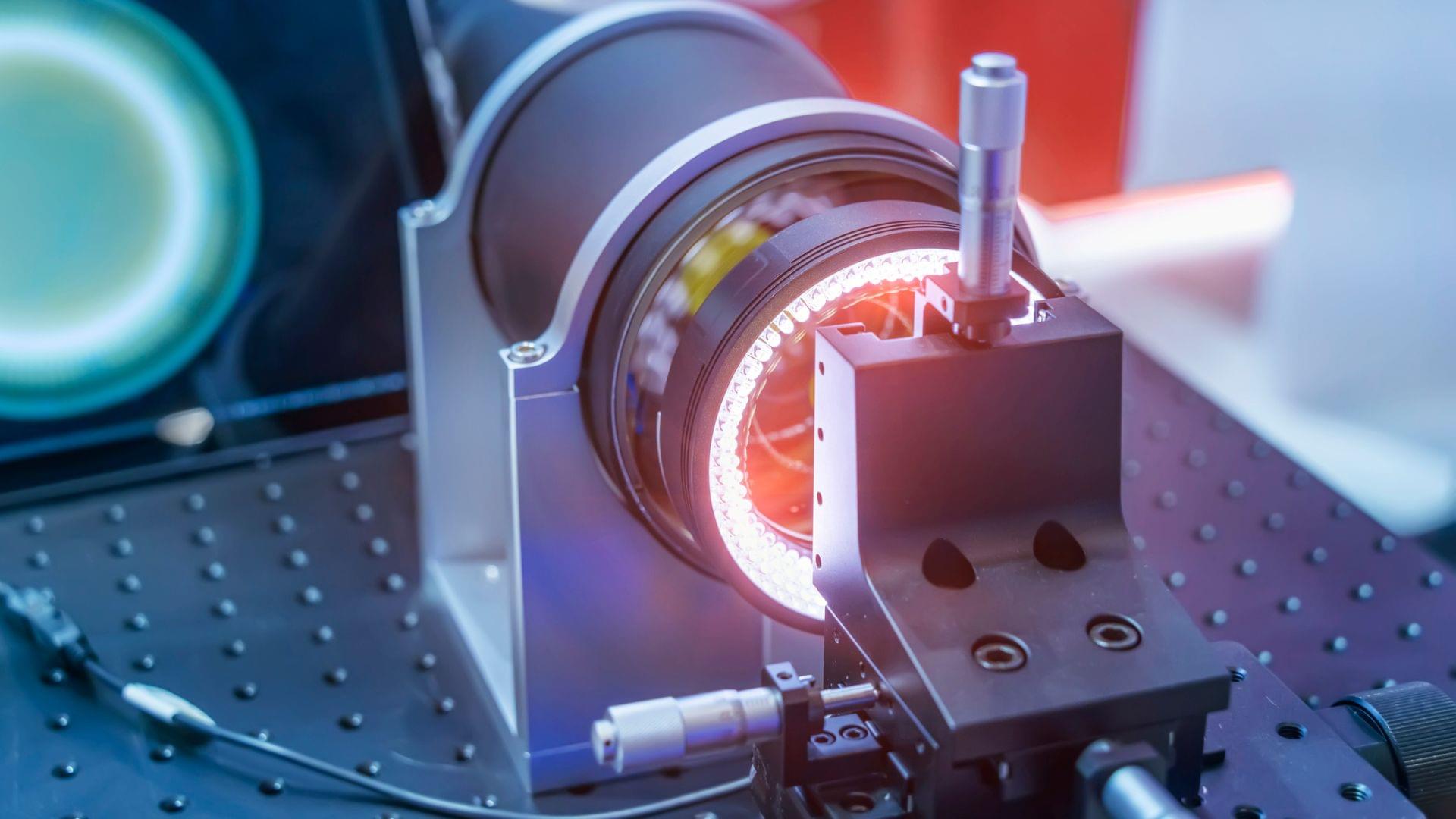

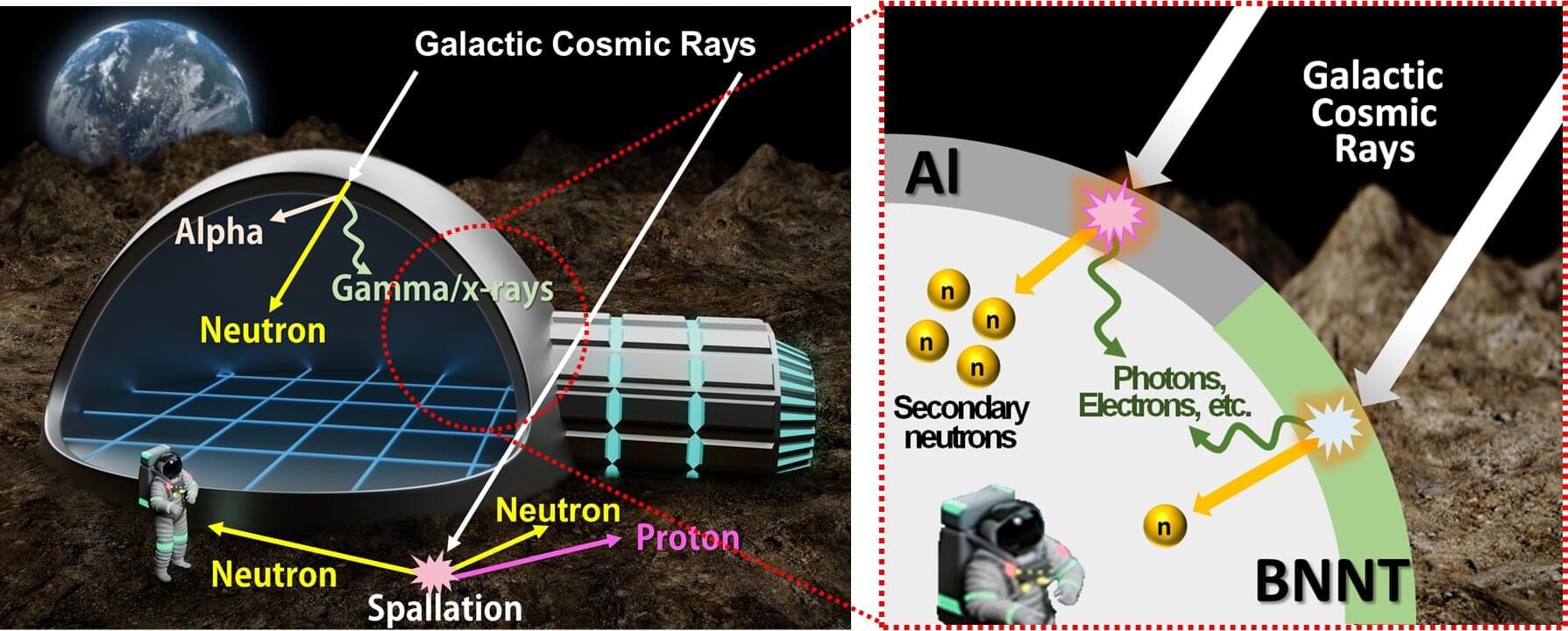
High-energy cosmic radiation damages cells and DNA, causing cancer, and secondary neutrons—generated especially from the planetary surfaces—can be up to 20 times more harmful than other radiations. Aluminum, the most widely used shielding material, has the drawback of generating additional secondary neutrons when below a certain thickness.
Consequently, boron nitride nanotubes (BNNTs), which are lightweight, strong, and possess excellent neutron shielding capabilities, are emerging as a promising alternative.
BNNTs are ultrafine tubular only about 5 nanometers in diameter—roughly 1/20,000 the thickness of a human hair—making them extremely light and strong, with excellent thermal neutron absorption capability. However, due to limitations in fabrication technology, they have so far only been produced into thin and brittle sheet, restricting their practical applications.
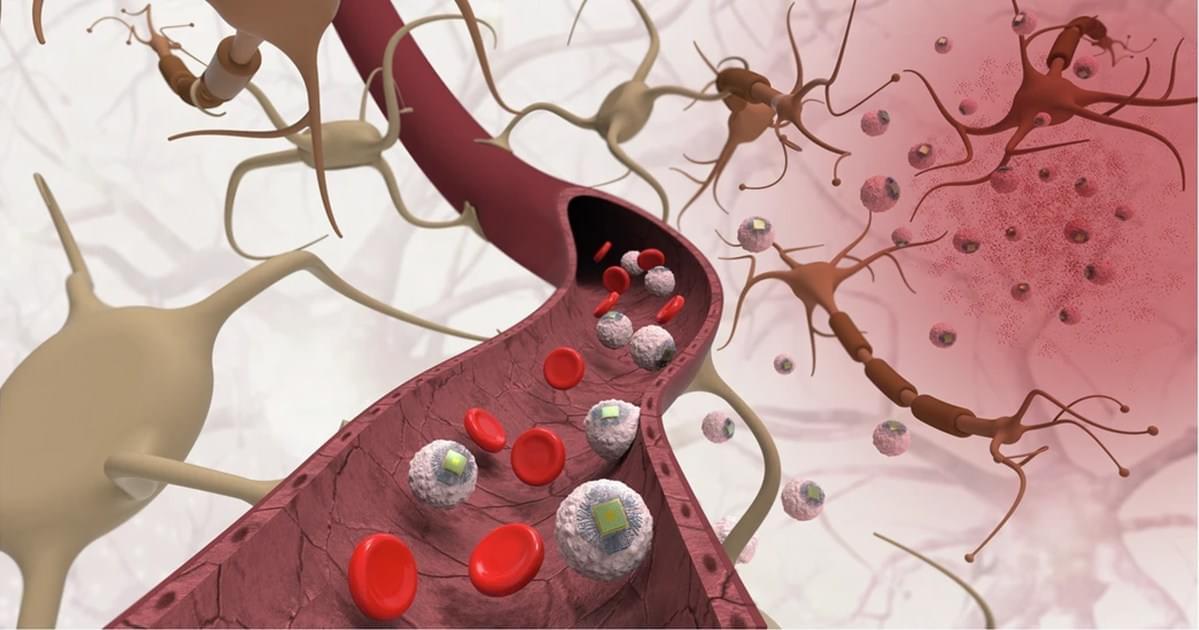
Not exactly a brain chip per se by a bit of nanotech.
While companies like Elon Musk’s Neuralink are hard at work on brain-computer interfaces that require surgery to cut open the skull and insert a complex array of wires into a person’s head, a team of researchers at MIT have been researching a wireless electronic brain implant that they say could provide a non-invasive alternative that makes the technology far easier to access.
They describe the system, called Circulatronics, as more of a treatment platform than a one-off brain chip. Working with researchers from Wellesley College and Harvard University, the MIT team recently released a paper on the new technology, which they describe as an autonomous bioelectronic implant.
As New Atlas points out, the Circulatronics platform starts with an injectable swarm of sub-cellular sized wireless electronic devices, or “SWEDs,” which can travel into inflamed regions of the patient’s brain after being injected into the bloodstream. They do so by fusing with living immune cells, called monocytes, forming a sort of cellular cyborg.
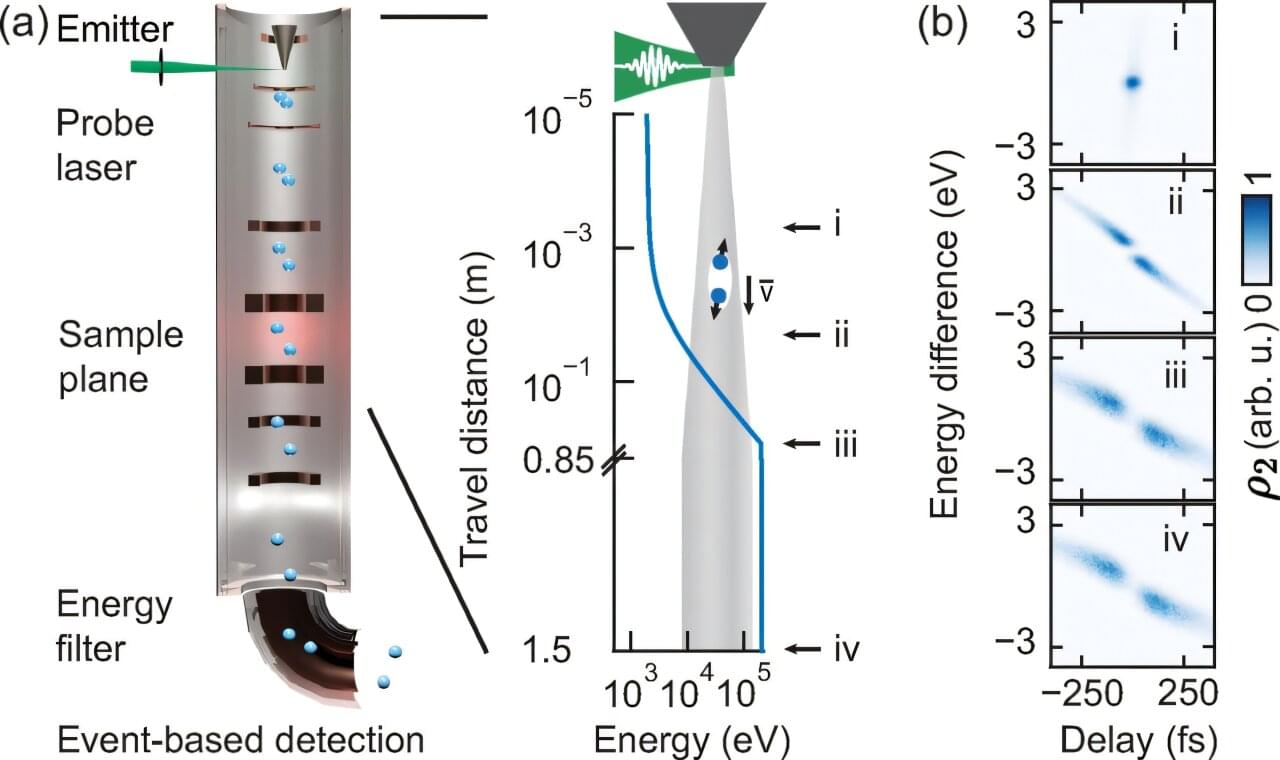
The ability to precisely study and manipulate electrons in electron microscopes could open new possibilities for the development of both ultrafast imaging techniques and quantum technologies.
Over the past few years, physicists have developed new experimental tools for studying the behavior of electrons not bounded to any material by utilizing the so-called nanoscale field emitters, tiny metallic tips that release electrons when exposed to strong electric fields.
Researchers at the Max Planck Institute for Multidisciplinary Sciences recently carried out a study aimed at shedding new light on how pairs of emitted electrons relate to each other and how their behavior unfolds over time.
*This video was recorded at ‘Paths to Progress’ at LabWeek hosted by Protocol Labs & Foresight Institute.*
Protocol Labs and Foresight Institute are excited to invite you to apply to a 5-day mini workshop series to celebrate LabWeek, PL’s decentralized conference to further public goods. The theme of the series, Paths to Progress, is aimed at (re)-igniting long overdue progress in longevity bio, molecular nanotechnology, neurotechnology, crypto & AI, and space through emerging decentralized, open, and technology-enabled funding mechanisms.
*This mini-workshop is focused on Paths to Progress in Molecular Nanotechnology*
Molecular manufacturing, in its most ambitious incarnation, would use programmable tools to bring together molecules to make precisely bonded components in order to build larger structures from the ground up. This would enable general-purpose manufacturing of new materials and machines, at a fraction of current waste and price. We are currently nowhere near this ambitious goal. However, recent progress in sub-fields such as DNA nanotechnology, protein-engineering, STM, and AFM provide possible building blocks for the construction of a v1 of molecular manufacturing; the molecular 3D printer. Let’s explore the state of the art and what type of innovation mechanisms could bridge the valley of death: how might we update the original Nanotech roadmap; is a tech tree enough? how might we fund the highly interdisciplinary progress needed to succeed: FRO vs. DAO?
*About The Foresight Institute*
The Foresight Institute is a research organization and non-profit that supports the beneficial development of high-impact technologies. Since our founding in 1986 on a vision of guiding powerful technologies, we have continued to evolve into a many-armed organization that focuses on several fields of science and technology that are too ambitious for legacy institutions to support. From molecular nanotechnology, to brain-computer interfaces, space exploration, cryptocommerce, and AI, Foresight gathers leading minds to advance research and accelerate progress toward flourishing futures.
*We are entirely funded by your donations. If you enjoy what we do please consider donating through our donation page:* https://foresight.org/donate/
Eric Drexler is a Senior Visiting Fellow at the Oxford Martin School, and a pioneering nanotechnology researcher and author. His 1981 paper in the Proceedings of the National Academy of Sciences established fundamental principles of molecular engineering and identified development paths leading to advanced nanotechnologies.
In his 1986 book, Engines of Creation, he introduced a broad audience to the promise of high-throughput atomically precise manufacturing, a prospective technology using nanoscale machinery to guide molecular motion and bonding, thereby structuring matter from the bottom up.
Link to full video: • Nanotechnology: the big picture with Dr Er…
Recorded: 2016
Lex Fridman Podcast full episode: https://www.youtube.com/watch?v=YDjOS0VHEr4
Please support this podcast by checking out our sponsors:
- LMNT: https://drinkLMNT.com/lex to get free sample pack.
- NetSuite: http://netsuite.com/lex to get free product tour.
- BetterHelp: https://betterhelp.com/lex to get 10% off.
GUEST BIO:
Neil Gershenfeld is the director of the MIT Center for Bits and Atoms.
PODCAST INFO:
Podcast website: https://lexfridman.com/podcast.
Apple Podcasts: https://apple.co/2lwqZIr.
Spotify: https://spoti.fi/2nEwCF8
RSS: https://lexfridman.com/feed/podcast/
Full episodes playlist: https://www.youtube.com/playlist?list=PLrAXtmErZgOdP_8GztsuKi9nrraNbKKp4
Clips playlist: https://www.youtube.com/playlist?list=PLrAXtmErZgOeciFP3CBCIEElOJeitOr41
SOCIAL:
- Twitter: https://twitter.com/lexfridman.
- LinkedIn: https://www.linkedin.com/in/lexfridman.
- Facebook: https://www.facebook.com/lexfridman.
- Instagram: https://www.instagram.com/lexfridman.
- Medium: https://medium.com/@lexfridman.
- Reddit: https://reddit.com/r/lexfridman.
- Support on Patreon: https://www.patreon.com/lexfridman
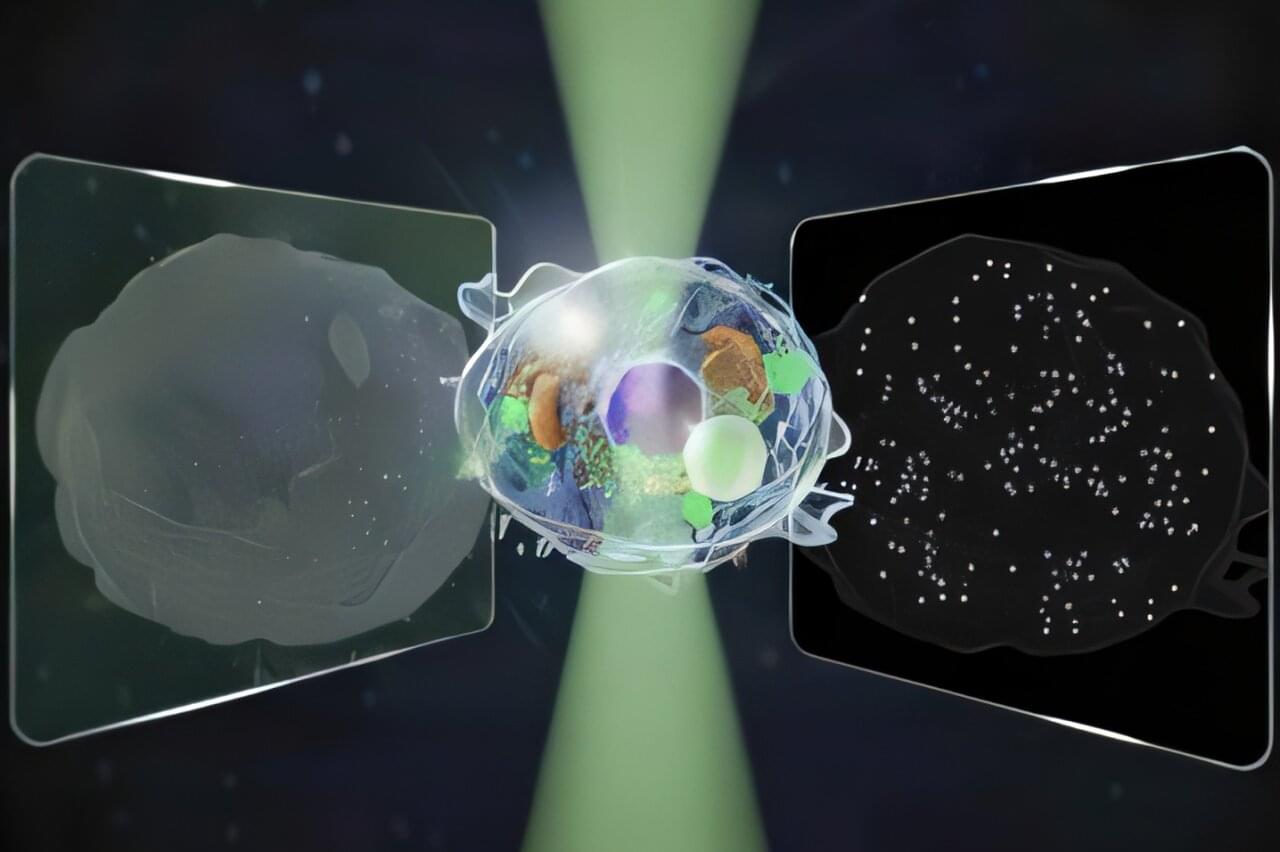
Researchers at the University of Tokyo have built a microscope that can detect a signal over an intensity range 14 times wider than conventional microscopes. Moreover, the observations are made label-free, that is, without the use of additional dyes.
This means the method is gentle on cells and adequate for long-term observations, holding potential for testing and quality control applications in the pharmaceutical and biotechnology industries. The findings are published in the journal Nature Communications.
Microscopes have played a pivotal role in the development of science since the 16th century. However, progress has required not only more sensitive and accurate equipment and analysis, but also more specialized ones. Therefore, modern, cutting-edge techniques have had to straddle trade-offs.
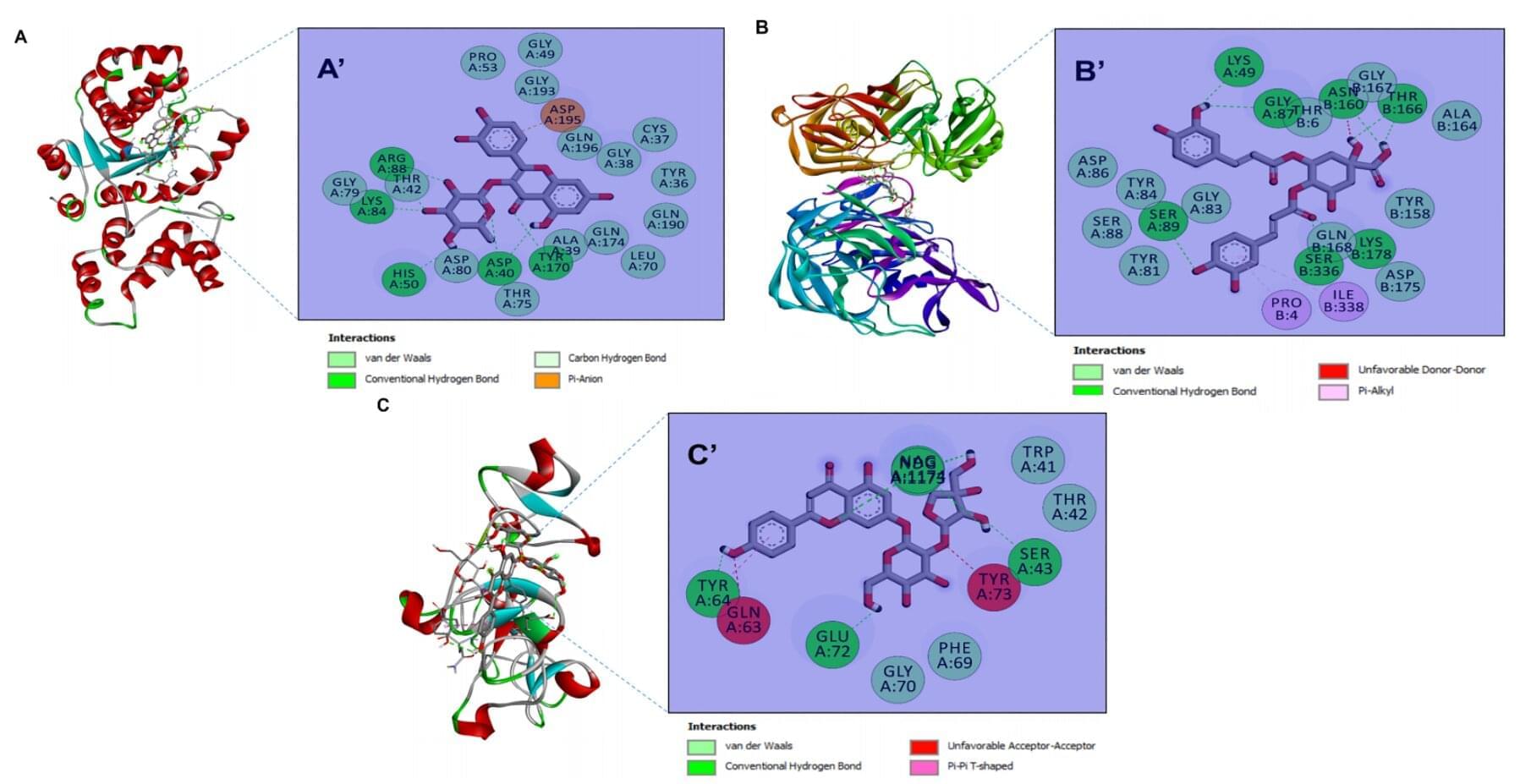
As drug-resistant infections continue to rise, researchers are looking for new antimicrobial strategies that are both effective and sustainable. One emerging approach combines nanotechnology with “green” chemistry, using plant extracts instead of harsh chemicals to produce metal oxide nanoparticles.
A new study published in Biomolecules and Biomedicine now reports that zinc oxide nanoparticles (ZnONPs) biosynthesized from four desert plants with medicinal properties can inhibit a wide spectrum of bacteria, yeasts and filamentous fungi in laboratory tests. The work also links the plants’ rich phytochemical profiles to nanoparticle stability and potency, and uses computer modeling to explore how key compounds might interact with microbial targets.
The study is the first to produce ZnONPs from species that thrive in harsh, arid environments and are often under-used or even considered invasive. “By turning resilient desert plants into tiny zinc oxide particles, we were able to generate materials that are both eco-friendly to produce and surprisingly active against a range of microbes,” the authors write. “These green nanoparticles could form the basis for future antimicrobial formulations, pending further safety and efficacy testing.”

Lipid nanoparticles (LNPs) have emerged as popular vehicles for delivering various types of drugs such as mRNA and gene therapy. While these nanoparticles are effective in transporting therapeutic payloads, their components can interact with the human body, potentially causing genotoxicity — damage to the recipient’s genetic material that may lead to inheritable mutations or cancer. In this webinar brought to you by Inotiv, Shambhu Roy will discuss how to test the genotoxicity of LNP-based therapeutics to ensure the safety of these innovative drug delivery systems.
We’ll chat about these topics.
• Understanding the key components of LNP delivery systems • Genotoxicity testing for LNP-based drugs during preclinical safety assessment • Selecting the appropriate assays to meet regulatory requirements.